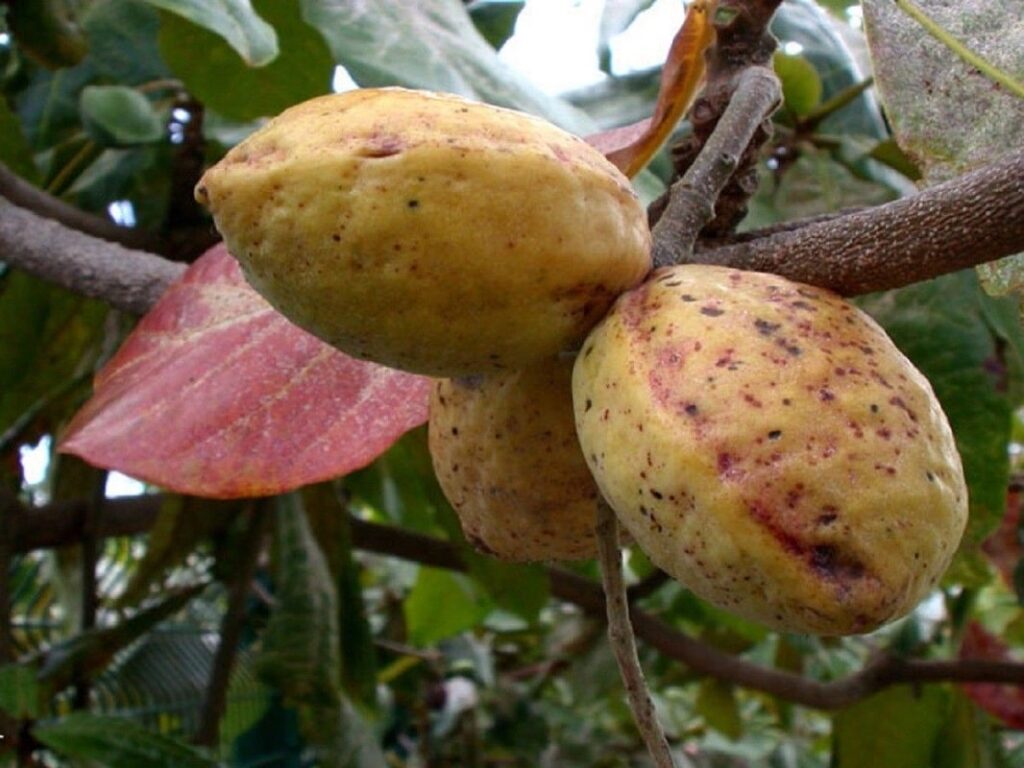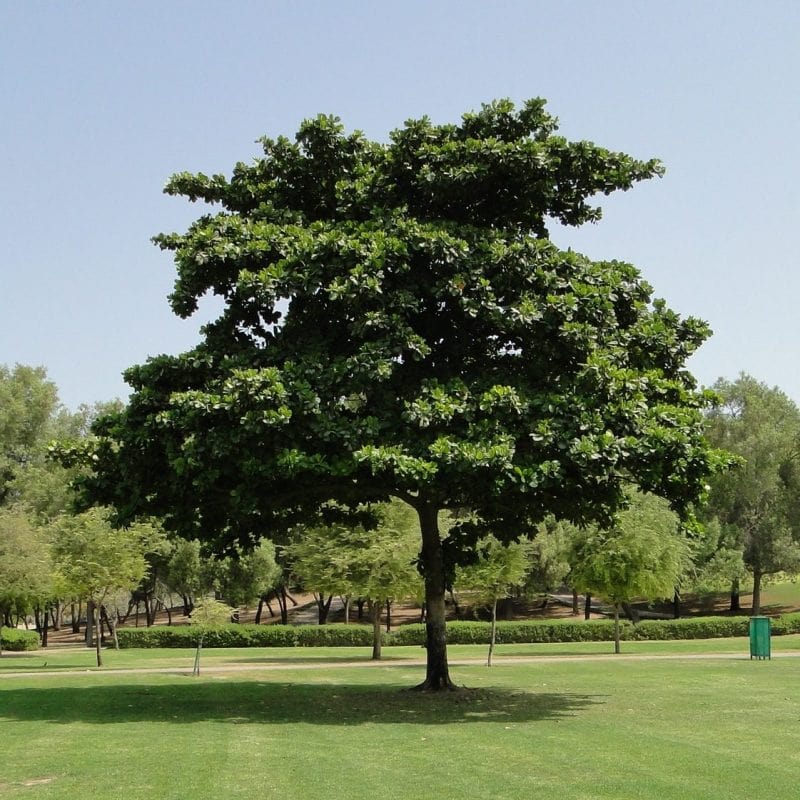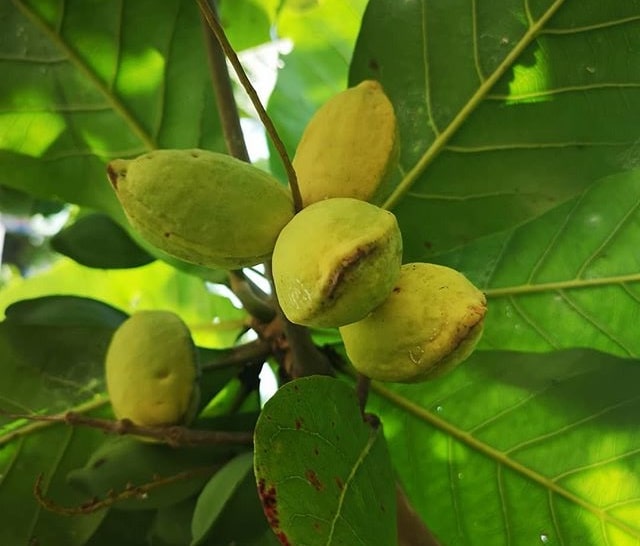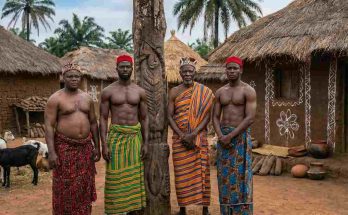
Nigerian nomenclature can be funny and confusing at times. You only have to think twice about the different names we give things to realize how funny they sound.
There is a kind of mango we call “Peter Mango” over here, because of its size. There are also Julie, kerosene and sheri mangoes! There is a Toyota car we call “big daddy” and another one called “pencil light”. There is also a Honda called “evil spirit” too. Dog meat is called “404” and it goes on and on.
Perhaps the most notable of Nigerian strange way of naming things is the fruit we call “fruit”.
There is no local name for this fruit and we grew up calling it fruit. The Igbos, Yorubas and other tribes also call it “fruit”.

So what is the real name for this fruit called “fruit” in Nigeria?
The real name for the fruit is actually “tropical almond” (Terminalia catappa). Of course, nobody calls it that in Nigeria, or ever will.
Tropical almond grows in Nigeria and other parts of Africa, as well as in Asia and some parts of Australia. The tree is recognized with its distinctive canopy. It is often planted as a shade tree in Nigeria.

The fruits of tropical almond are green at first and then turn yellowish as they mature and get ripe. Depending on the cultivar, some fruits can be red in the inside and some white.
Inside the fruit is a single seed that looks just like a regular almond nut. Both the fruit and the seed are edible. Some varieties of the tropical almond are sweeter than others, but kids generally describe this fruit as “very sweet”.

In a local street survey conducted in Lagos, Nigerian children listed “fruit” as the sweetest fruit in Nigeria, after agbalumo and sheri mangoes.



I found this educative, interesting and funny as well. I never knew the fruits name till now, in my locality it’s called “umbrella fruit”. Thank you very much.
Honestly, i never knew it is called Badam or almond friut until today. . We call it ‘ Fruit. The thing is that most children of these generstion may not even have sccess to it because when you go to the villages they are no more in existence as they used to be as result of dedevelopment.People upuproot but no replcement by planting another one.
Does it mean that both can serve the same purposes?
I was surprised to even find it. I have been searching for it as well without knowing the real name. It a was surprised to me. I knew it is a type of almond because it looked like it. Around Ajejunle in Lagos, it is called Abelebo. I don’t know what that means and in which language it came from. Would be nice to know. Elsewhere on the web it is called Ebelebo.
Growing up in Tadi (Takoradi) in Ghana, we called it abrofu Nkati (Abrofunkati). Not sure if I spelt it correctly. It means white man’s nuts. Fancy gnawing on white man’s nuts. It was called so because the fruit was usually found in an area occupied by white experts. We referred to the place as “bunglo” when we were children, the oldest in the group about 10 and I was about six. Now I know it is bungalow and I just can’t stop laughing why bunglo.
Only white people lived in the area. Black people were either caretakers or gulf boys. It was a beautiful place; the greenery was breath taking. I’m talking about 1960s.
I grew up with lots of these trees. We also called them fruit but also knew them to be called Indian almond.
Interesting😅. Grew up only knowing this fruit to be called ‘fruit then as well. Saw it this a morning during my walk and memories of my childhood flooded in me, of how, we used to a kids enjoy this’ fruit’, and afterwards St to start cracking it fr the nuts inside😁(that was the sweetest part). Had to pack it plenty to show my kids and relive the memory😍
Imagine how much I spend on almọnd without knowing that it’s the same seed that’s inside “fruit” all around my neighbourhood. What mother nature gave us for free! We’ll sweep and pack out especially the spoilt ones without knowing! Ignorance is a disease. Thank you very much for opening our eyes